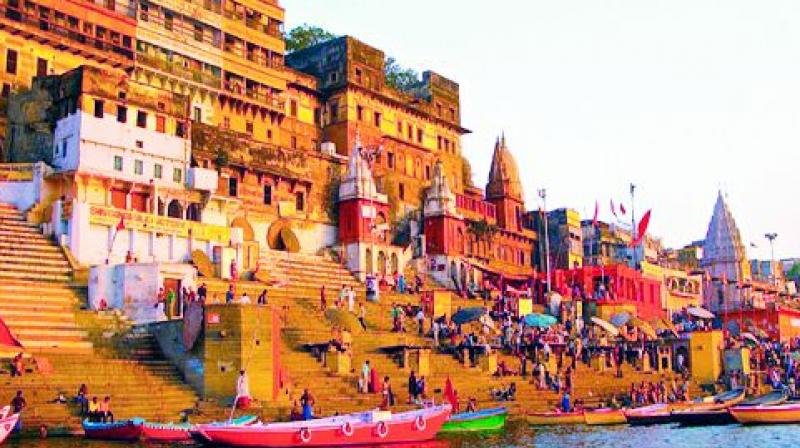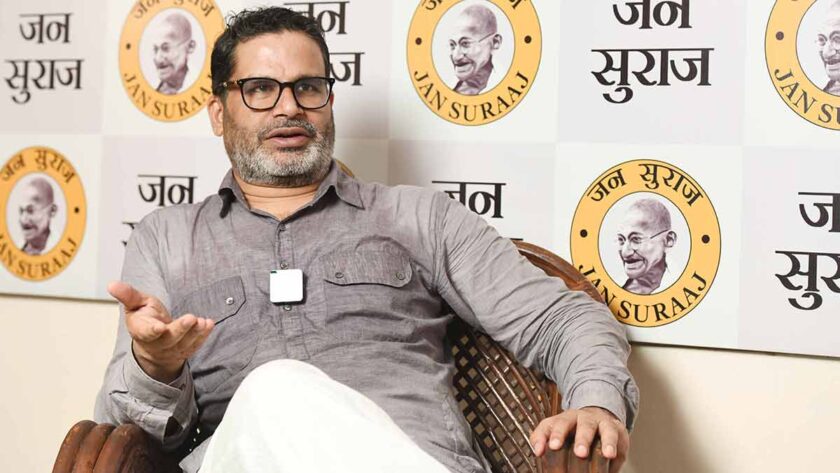Ayodhya: Ayodhya, a city deeply rooted in religious significance and historical heritage, has considerable untapped tourism potential that could be leveraged to attract more visitors and promote sustainable growth. Here’s an exploration of Ayodhya’s untapped tourism potential and how it could be developed:
1. Enhancing Religious Tourism
- Spiritual Retreats and Wellness Centers: Ayodhya’s spiritual significance makes it an ideal location for wellness retreats and meditation centers. Establishing facilities that offer yoga, meditation, and spiritual counseling could attract visitors seeking a holistic experience.
- Temples and Pilgrimage Routes: While Ayodhya is already known for its temples, there is potential to develop organized pilgrimage routes that highlight lesser-known temples and spiritual sites. Enhanced infrastructure, guided tours, and educational materials about the historical and religious importance of these sites could enrich the visitor experience.
- Cultural Festivals: Hosting annual cultural and religious festivals that celebrate Ayodhya’s heritage could draw pilgrims and tourists alike. Events such as Ram Navami, Diwali, and other local festivals can be promoted to attract visitors from across the country and abroad.
2. Historical and Heritage Tourism
- Ancient Ruins and Archaeological Sites: Ayodhya has a wealth of ancient ruins and archaeological sites that are not yet fully explored or marketed. Comprehensive archaeological surveys and the development of visitor-friendly sites with informative exhibits could highlight the city’s historical significance.
- Heritage Walks and Tours: Guided heritage walks and tours could be developed to showcase the city’s historical landmarks, including ancient temples, forts, and palaces. These tours could provide insights into Ayodhya’s past and its role in Indian history and culture.
3. Developing Infrastructure and Facilities
- Accommodation and Hospitality: The development of a range of accommodation options, from luxury hotels to budget lodgings, would cater to diverse tourist needs. Ensuring high standards of cleanliness, comfort, and service is essential for a positive visitor experience.
- Transportation and Connectivity: Improving transportation infrastructure, such as better road connectivity, and enhancing public transportation options within the city, can make it easier for tourists to travel to and around Ayodhya.
- Visitor Centers and Information: Establishing well-equipped visitor centers with multilingual staff, maps, brochures, and digital guides can help tourists navigate the city and learn about its attractions.
4. Cultural and Educational Tourism
- Museum and Interpretation Centers: Creating a museum or interpretation center dedicated to Ayodhya’s history, culture, and religious significance could serve as a focal point for education and engagement. Interactive exhibits and multimedia presentations could enhance visitor understanding.
- Workshops and Exhibitions: Hosting workshops and exhibitions on traditional crafts, art, and local customs can provide tourists with a deeper cultural experience. These could include live demonstrations, interactive sessions, and opportunities to purchase local handicrafts.
5. Eco and Adventure Tourism
- River Tourism: Developing river tourism along the Saryu River, including boat rides, riverfront promenades, and eco-friendly activities, could enhance the natural appeal of Ayodhya. Efforts to maintain the river’s cleanliness and promote sustainable practices would be essential.
- Nature and Wildlife Tours: Exploring potential nature and wildlife tours around Ayodhya could attract nature enthusiasts. This could include guided tours of nearby forests, bird-watching spots, and nature reserves.
6. Promotional and Marketing Strategies
- Branding and Positioning: Developing a strong brand identity for Ayodhya that highlights its unique offerings and spiritual significance can attract more visitors. This includes digital marketing campaigns, promotional videos, and social media outreach.
- Collaborations and Partnerships: Collaborating with travel agencies, tour operators, and international tourism boards can help promote Ayodhya as a must-visit destination. Joint marketing efforts and package tours could be effective in reaching a wider audience.
- Experiential Marketing: Offering unique experiences such as traditional cooking classes, local festivals, and immersive cultural programs can create memorable visits and encourage positive word-of-mouth promotion.
7. Sustainability and Community Involvement
- Sustainable Tourism Practices: Implementing sustainable tourism practices, such as eco-friendly accommodations, waste management programs, and conservation efforts, can ensure that tourism benefits the local environment and community.
- Community Engagement: Involving local communities in tourism development, including training for hospitality roles and promoting local businesses, can enhance the overall visitor experience and contribute to the local economy.
8. Digital Innovation
- Virtual Tours and Augmented Reality: Utilizing digital technologies like virtual tours and augmented reality apps can offer remote visitors an immersive preview of Ayodhya’s attractions. These technologies can also enhance on-site experiences with interactive elements.
- Smart Tourism Solutions: Integrating smart tourism solutions, such as mobile apps for navigation, real-time information, and virtual guides, can improve the convenience and accessibility of tourist services.
Ayodhya’s untapped tourism potential lies in its rich spiritual, historical, and cultural heritage, which, if effectively leveraged, can transform it into a major tourist destination. By enhancing infrastructure, developing diverse tourism offerings, and employing modern marketing strategies, Ayodhya can attract a wider range of visitors and provide a fulfilling experience that honors its historical and spiritual legacy. Emphasizing sustainable practices and community involvement will further ensure that tourism growth benefits both the city and its visitors.







